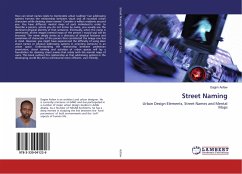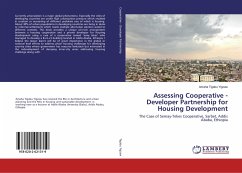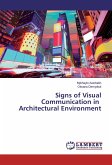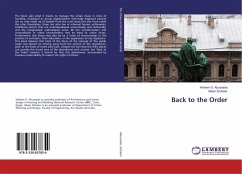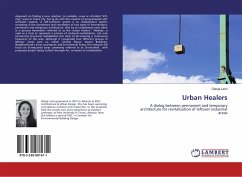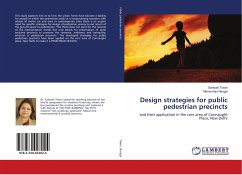How can street names relate to memorable urban realities? Can addressing systems harness the relationship between visual and all rounded urban characters while devising street names? Consider a million residents around you. You have different mental maps of each individual.In order to describe a person, whom you do not know by name, you usually use the dominant physical identity of that someone. Eventually, when the name is mentioned, all the images (mental maps of the person I would say) will be browsed. The name simply serves as a directory of physical features and sometimes of characters of the person that constituted the image one has in mind. However, you might have experienced the difficulty of using alien street names or physical addressing systems in orienting someone in an urban space. Understanding the relationship between pedestrian orientation, street naming and activities of urban spaces will lay a foundation for devising street names that relate with the mental mapsof users. This book outlines this relationship so that addressing systems in the developing world like Africa will become more efficient, user-friendly.
Bitte wählen Sie Ihr Anliegen aus.
Rechnungen
Retourenschein anfordern
Bestellstatus
Storno

